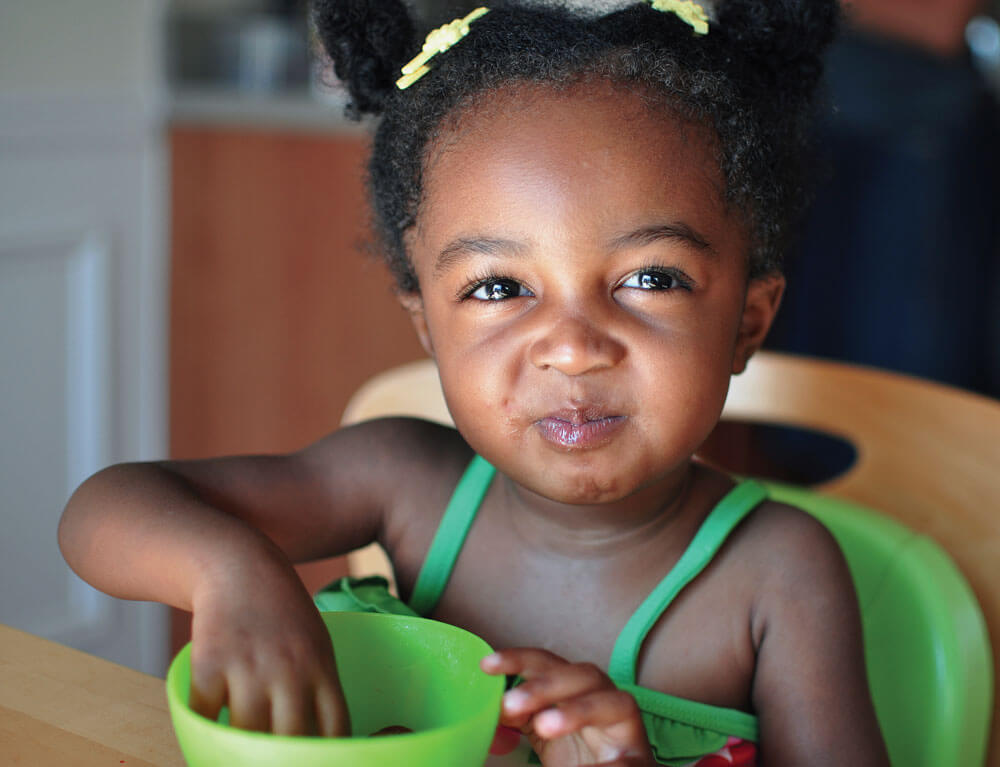Child-friendly feeding tips
- Home
- Ellyn Satter
- Toddler / Preschooler
- Toddler
- Child-friendly feeding tips


Do you make special food for your child?
Do you try to figure out ahead of time what she will eat?
Does it work?
You can’t guess what your child will eat. But you can have meals you enjoy and your child will learn to like them too.
Your child wants to grow up. Part of growing up is learning to eat the food you eat. It takes a long time to learn, but she keeps trying and does the best she can.

© Ellyn Satter
HAND EXPRESSION
How it works
Use your hand to gently massage and compress your breast to remove milk.
What’s Involved
Average Cost
Free
Side-Lying Hold
This hold is useful when:
Cross-Cradle Hold
This hold is useful when:
Clutch or “Football” Hold
This hold is useful when:
Cradle Hold
This hold is useful when:
Laid-Back Hold
This hold is useful when: